How to Keep Western Fence Lizard in Your Yard: Tips for Attracting and Providing Habitat for them
Western Fence Lizards (Sceloporus occidentalis) are fascinating reptiles that can bring life and diversity to your yard.
With their unique appearance and beneficial role in controlling insect populations, these lizards can be a welcome addition to any outdoor space.
If you’re interested in creating a lizard-friendly yard and providing a suitable habitat for Western Fence Lizards, this article will provide you with valuable tips and insights.
How to Keep Western Fence Lizard in Your Yard
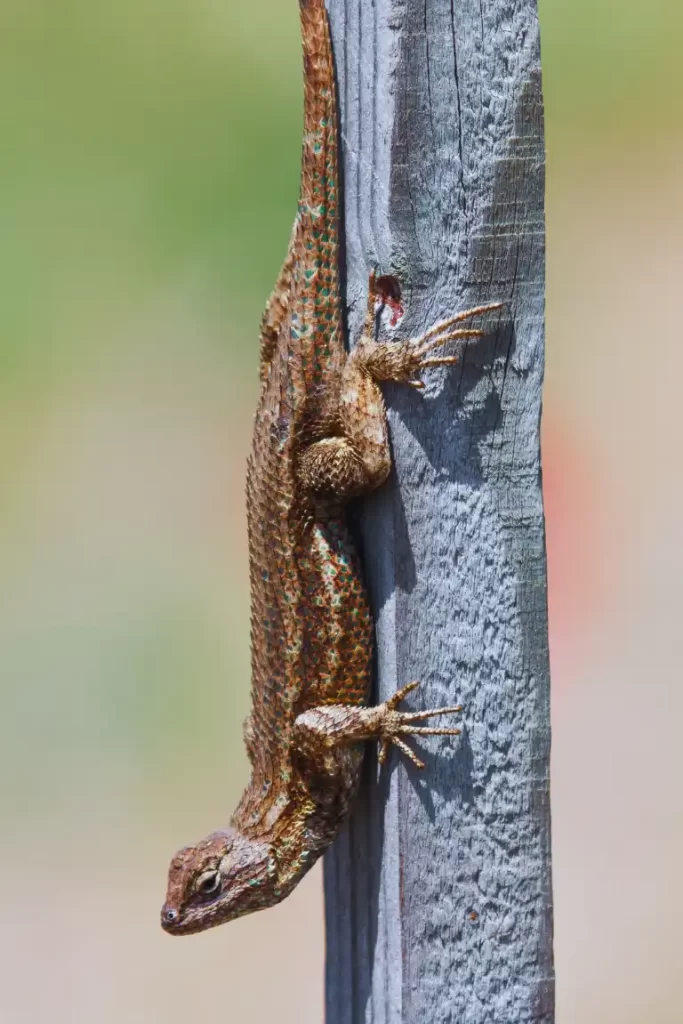
Understanding Western Fence Lizards
Before making any modifications to your yard, you must familiarize yourself with the needs and characteristics of Western Fence Lizards.
These lizards are native to western North America and are known for their ability to adapt to various habitats, including woodlands, grasslands, and suburban areas.
They are primarily insectivorous and play an important role in controlling populations of pests like spiders, ants, and grasshoppers.
Providing Shelter and Hiding Places

To attract Western Fence Lizards to your yard, it’s crucial to create suitable hiding places and sheltered areas. Consider incorporating the following elements:
Rock Piles
Lizards love to bask on rocks, so create small rock piles or arrange large rocks strategically in sunny areas of your yard.
By stacking rocks of various sizes, you can provide lizards with multiple perching options and create a warm and inviting space for them to soak up the sun’s rays.
Ensure the rocks are stable and securely positioned to prevent accidents or injuries.
Dense Vegetation
To create an ideal habitat for Western Fence Lizards in your yard, incorporate a variety of shrubs, bushes, and native grasses. These dense vegetation types offer essential lizard cover and hiding spots, making them feel secure and protected from predators.
Choose plants that are suitable for your region and provide a mix of heights and textures to create a diverse and appealing landscape.
This will not only attract Western Fence Lizards but also contribute to the overall biodiversity of your yard. Regularly maintain the vegetation by pruning and removing any dead plants to keep it healthy and thriving
Fallen Logs and Branches
One effective way to create a lizard-friendly environment in your yard is to leave fallen logs or branches undisturbed. These natural elements provide excellent hiding places and refuge for Western Fence Lizards.
When left untouched, fallen logs and branches create a diverse landscape, mimicking the lizard’s natural habitat. They offer shelter from predators, protection from extreme weather conditions, and opportunities for basking in the sun.
By preserving these natural features, you not only provide essential habitat for lizards but also promote a more ecologically balanced and diverse yard.
However, you should regularly inspect the logs and branches for any signs of decay or infestation to maintain a healthy environment for both the lizards and your yard.
Providing Sunning and Basking Spots
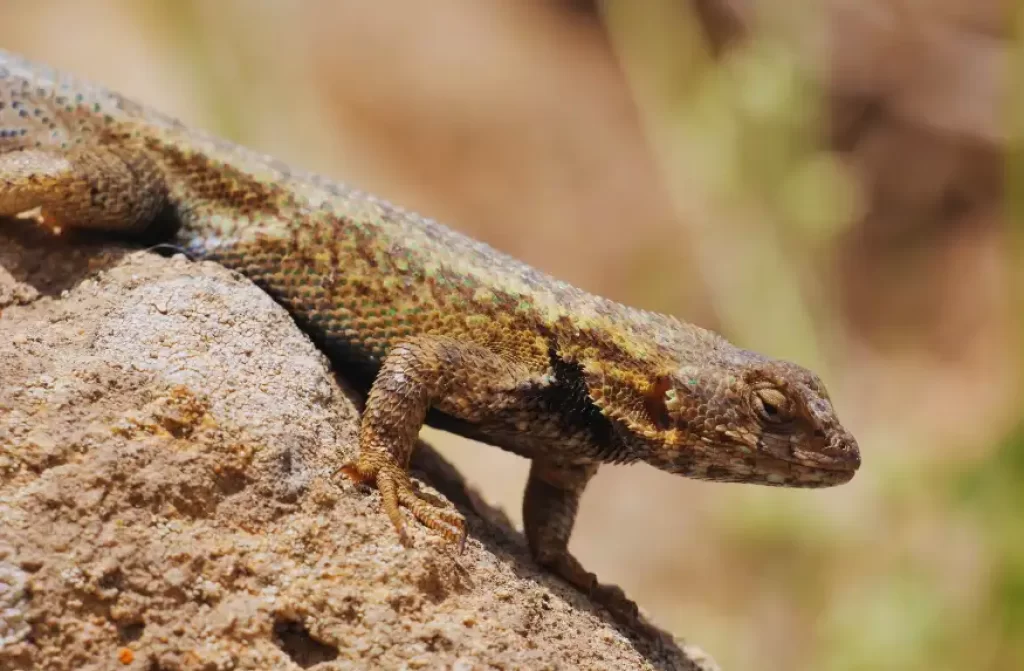
Western Fence Lizards are ectothermic, meaning they rely on external heat sources to regulate their body temperature. Create suitable sunning and basking spots in your yard by following these suggestions:
Flat Rocks
Creating designated sunning spots for Western Fence Lizards is crucial for their thermoregulation. One effective way to achieve this is by placing flat rocks strategically in sunny areas of your yard. Lizards are ectothermic, meaning they rely on external heat sources to regulate their body temperature.
You offer them elevated platforms to bask under the warm sun by providing flat rocks. These rocks absorb and retain heat, allowing the lizards to raise their body temperature and optimize their metabolic functions.
Ensure the rocks are stable and secure, as lizards prefer sturdy surfaces to rest on. When you incorporate flat rocks into your yard, you not only enhance the lizard’s well-being but also create an aesthetically pleasing feature that adds natural charm to your outdoor space.
Mulch or Gravel
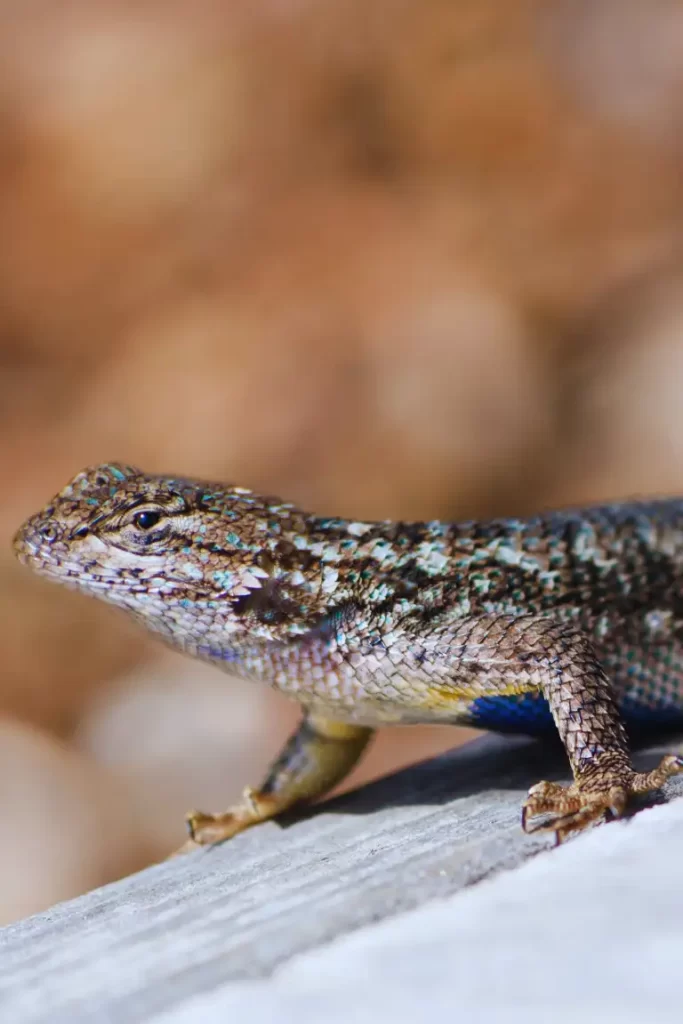
Incorporating mulch or gravel areas in your yard is an excellent heat-retaining substrate for Western Fence Lizards. These materials absorb and radiate heat, creating warm surfaces where lizards can comfortably bask and regulate their body temperature.
Ensure the mulch or gravel is spread in sunny locations to maximize its heat-absorbing potential. This simple addition provides a natural and inviting environment for lizards to thrive.
Water Sources
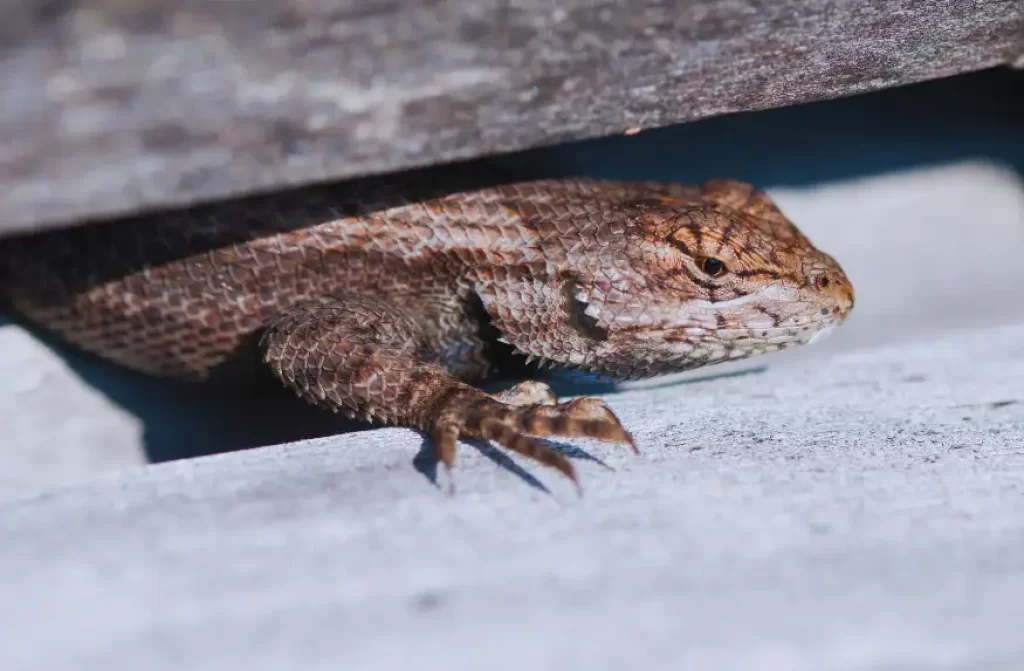
Lizards require access to water for hydration. Although Western Fence Lizards don’t typically rely on standing water, you can provide moisture in the following ways:
Dripping Water Source
Creating a dripping water source in your yard is not only beneficial for attracting Western Fence Lizards but also serves as a crucial water supply for them. Set up a slow-dripping faucet or install a small water feature that drips continuously.
Lizards will be drawn to the sound and movement of the water, using it for hydration and maintaining their overall well-being.
Ensure the water source is easily accessible and located in a quiet, safe area to encourage lizards to visit and quench their thirst.
Mist or Spray
In addition to a dripping water source, you can further enhance the habitat for Western Fence Lizards in your yard by occasionally misting or spraying water.
During hot and dry periods, lizards may require additional moisture to stay hydrated. Using a spray bottle or a fine misting nozzle on your garden hose, lightly spray water in areas where lizards are commonly seen or where you have created their preferred habitat.
This mimics natural conditions and provides a refreshing source of water for the lizards to drink from and absorb through their skin.
Remember not to spray directly on the lizards but rather create a gentle mist that they can approach at their own discretion. By offering this additional water supply, you support the overall well-being and survival of these fascinating reptiles in your yard.
Avoiding Pesticides and Chemicals
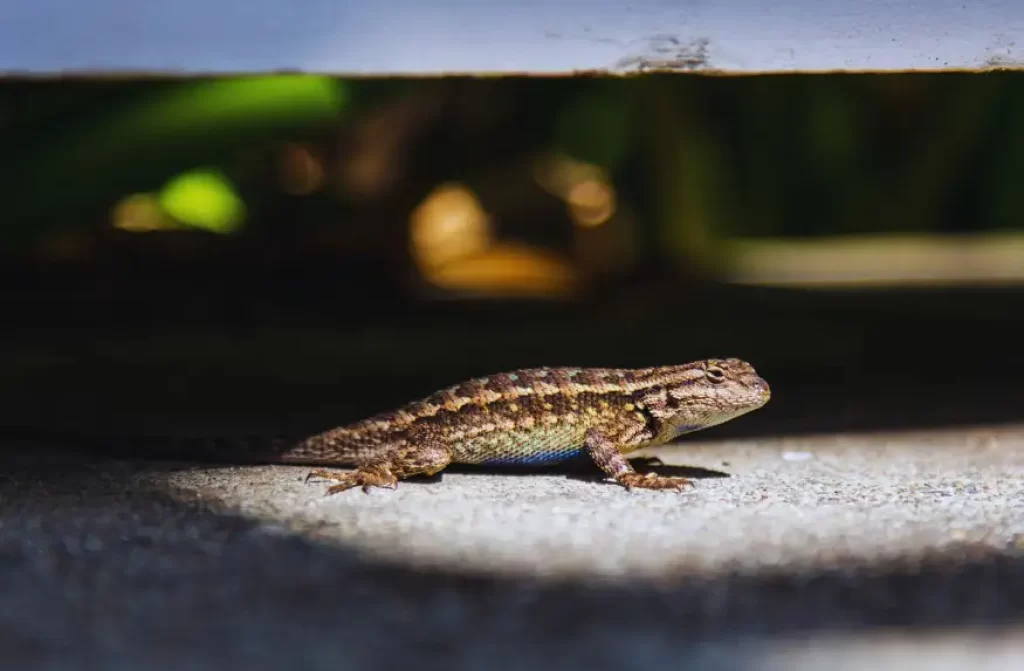
Creating a lizard-friendly environment goes beyond providing physical features. It also involves maintaining a chemical-free space where lizards can thrive.
Pesticides and harmful chemicals can have adverse effects on lizard populations and their prey, disrupting the delicate balance of the ecosystem. To minimize using such substances in your yard, consider implementing natural pest control methods.
This can include using organic or biological pest control options, encouraging natural predators of pests, and practicing integrated pest management techniques.
By doing so, you not only protect the lizards but also promote a healthier and more sustainable ecosystem overall. Remember, a pesticide-free yard provides a safe haven for Western Fence Lizards and contributes to their long-term survival.
Native Plants
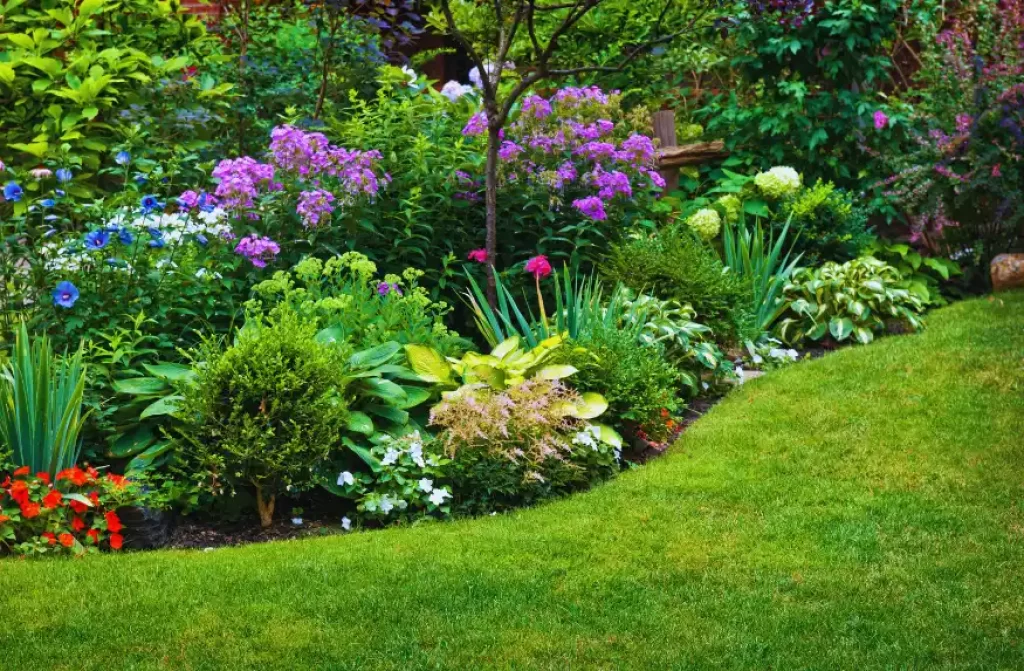
One effective way to create an ideal habitat for Western Fence Lizards in your yard is by incorporating native plants. Native plants are those that naturally occur in your region and have evolved alongside local wildlife, including lizards.
By including native plants in your landscaping, you not only enhance the overall biodiversity of your yard but also provide a natural and abundant food source for Western Fence Lizards.
Native plants attract various insects, such as beetles, ants, and grasshoppers, which form a significant part of the lizard’s diet.
These insects, in turn, attract lizards to your yard, creating a harmonious relationship between the plants and the reptiles. Moreover, native plants are well-adapted to the local climate and require less maintenance, making them a sustainable and eco-friendly choice for your yard.
Research the native plant species that are suitable for your specific region and incorporate them into your landscaping.
Consider planting various plants that provide different levels of vegetation, such as groundcovers, shrubs, and trees, to create a diverse and layered habitat.
This will provide hiding spots, nesting areas, and perching opportunities for Western Fence Lizards, enhancing their overall well-being and increasing their presence in your yard.
Conclusion:
Creating a lizard-friendly yard and providing a suitable habitat for Western Fence Lizards can be a rewarding experience. By incorporating hiding places, basking spots, water sources, and native plants, you can attract and support these fascinating reptiles in your outdoor space.
Remember to respect the lizards’ natural behavior and avoid excessive handling or disturbance. With time, patience, and the right environment, you may be fortunate enough to witness Western Fence Lizards thriving and contributing to the ecological balance of your yard.







